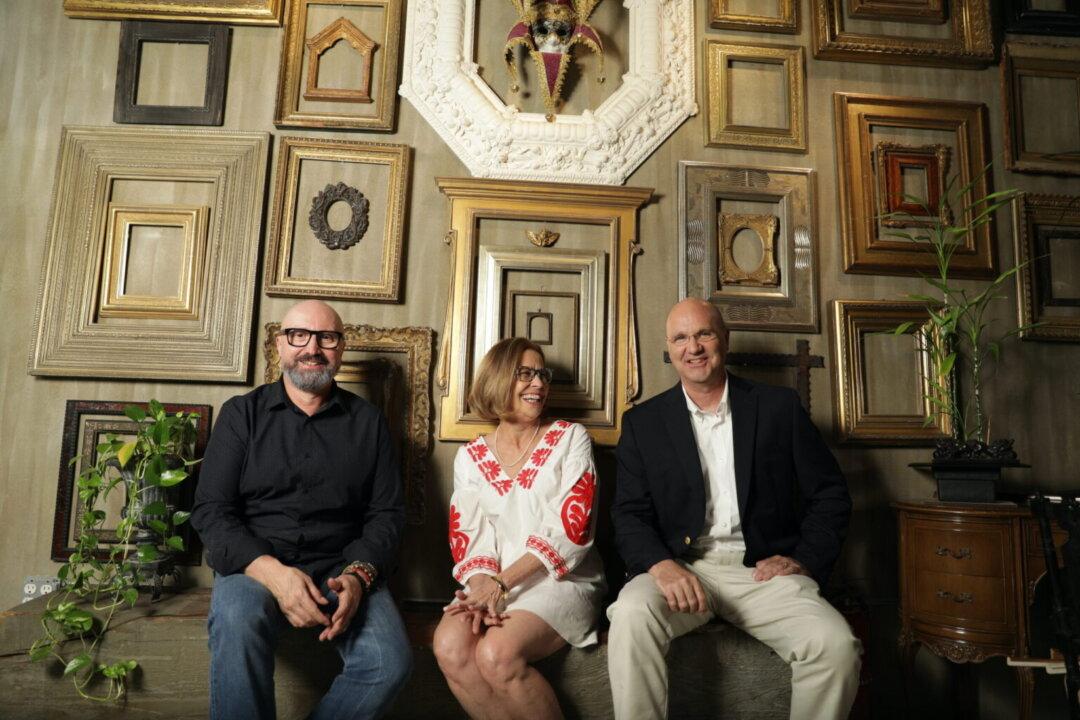The stars aligned for a group of artists and artisans to pay proper homage to the Declaration of Independence
Back in 1992, artist José-María Cundín, originally from the Basque Country, Spain, released a hand-engraved facsimile of the United States Declaration of Independence, after three years of hard work and collaboration with craftsmen from his homeland—a papermaker and a renowned metal engraver. But the project didn’t draw broader interest from the American public.






